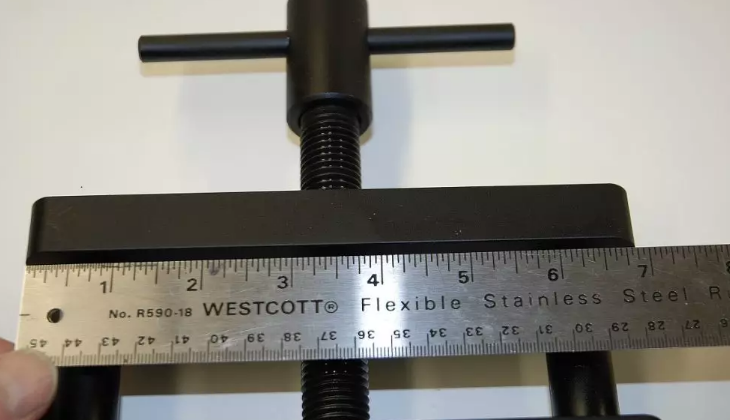Ensuring the straightness of connecting rods is essential for optimal engine performance and durability. A bent or twisted connecting rod can cause a myriad of engine problems, including reduced power output, vibrations, and even catastrophic engine failure. This article will provide a comprehensive guide on how to check connecting rods for straightness, helping you maintain your engine’s health and performance.
Why Checking Connecting Rods for Straightness Matters Connecting rods are responsible for transferring the linear motion of the pistons to the rotational motion of the crankshaft. If a connecting rod is not straight, it can cause uneven force distribution, vibrations, and undue stress on other engine components. This can result in premature wear, reduced engine efficiency, and potential failure.
Tools Needed for Checking Connecting Rod Straightness To check the straightness of connecting rods, you will need the following tools:
- Bench vise: A bench vise will securely hold the connecting rod in place while you take measurements.
- Dial indicator with magnetic base: A dial indicator will measure the deviation in connecting rod straightness.
Step-by-Step Guide to Checking Connecting Rod Straightness
- Remove the Connecting Rod: Begin by removing the connecting rod from the engine according to the manufacturer’s guidelines. Make sure to keep track of any components, such as rod caps and bolts, for reassembly later.
- Secure the Connecting Rod in a Bench Vise: Place the connecting rod in a bench vise with the big end (crankshaft end) facing up. Ensure that the connecting rod is firmly secured, but do not overtighten the vise as it could cause damage.

- Set Up the Dial Indicator: Attach the magnetic base of the dial indicator to the bench vise or another secure surface. Position the dial indicator so that its plunger contacts the big end of the connecting rod, preferably at the center of the bearing surface.
- Rotate the Connecting Rod: Slowly rotate the connecting rod on its axis while observing the dial indicator. Any deviation in the dial indicator reading indicates a lack of straightness in the connecting rod. Record the maximum deviation observed.
- Check the Small End: To check the small end (piston end) of the connecting rod for straightness, reposition the dial indicator plunger to contact the small end bearing surface. Rotate the connecting rod again and record the maximum deviation observed.
- Compare the Measurements: Compare the measured deviations to the manufacturer’s specifications for connecting rod straightness. If the measured deviations exceed the allowable tolerances, the connecting rod should be replaced or repaired by a professional engine machinist.
By following this step-by-step guide, you can effectively check connecting rods for straightness and ensure optimal engine performance. Maintaining straight connecting rods is essential for preventing engine damage and ensuring reliability. Always consult your engine manufacturer’s guidelines and specifications for the proper maintenance procedures.
